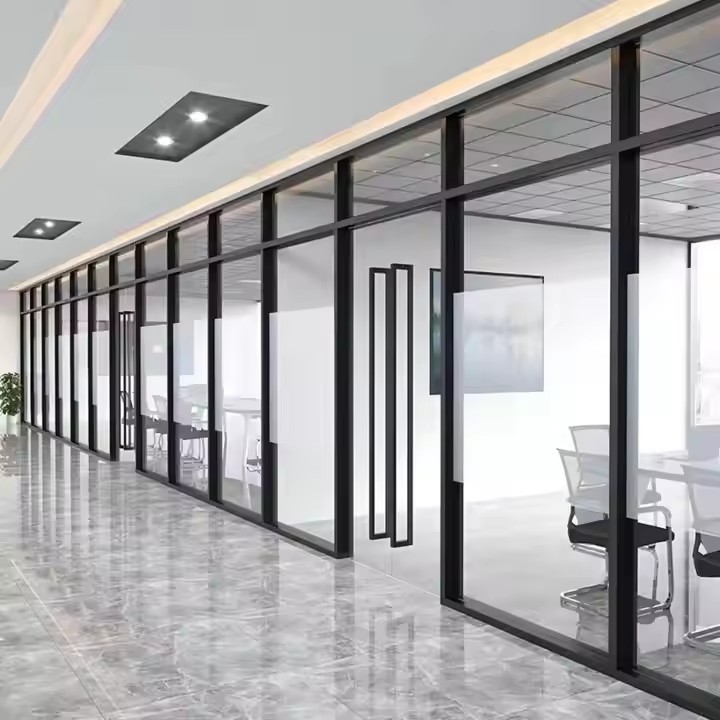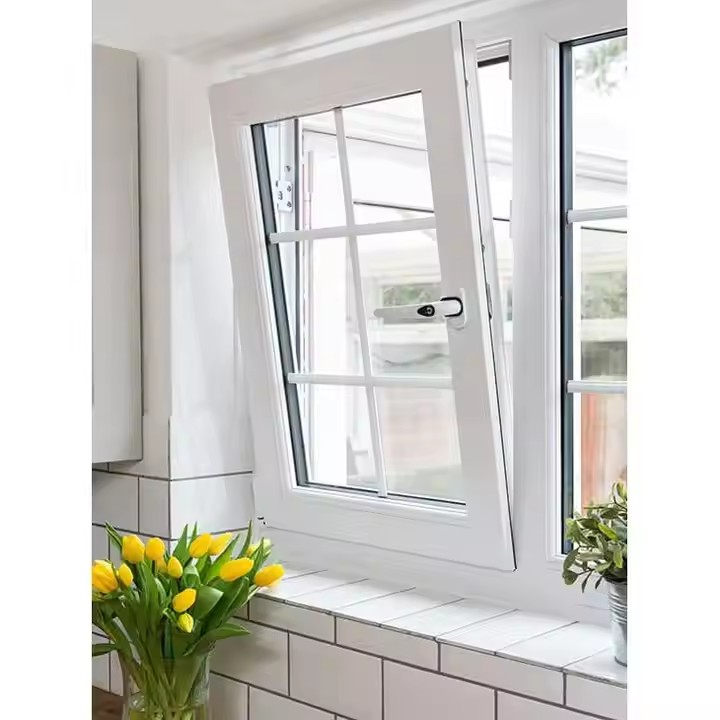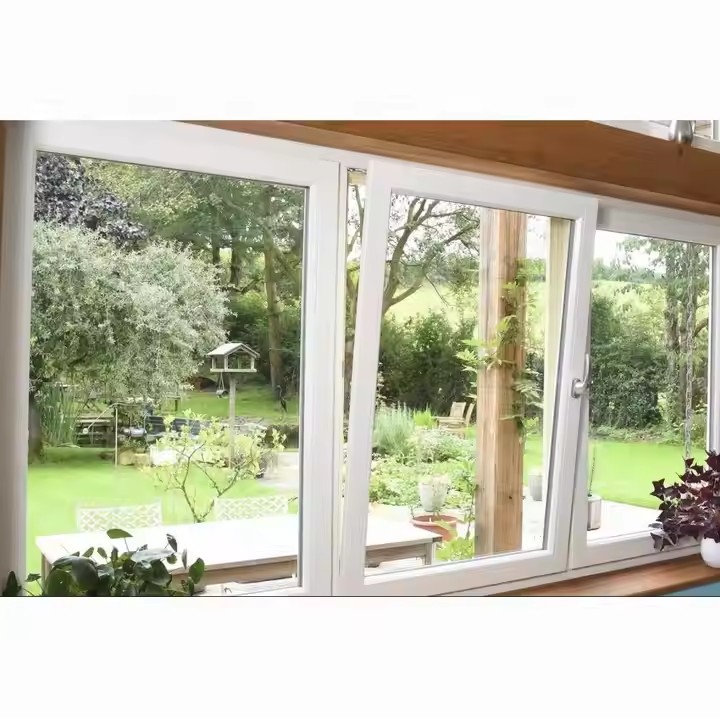I. In-Depth Analysis of the Australian Door and Window Market
(1) Diverse Demand with a Strong Focus on Quality
Australian consumers have highly diverse needs for doors and windows. In the residential sector, safety performance is a fundamental requirement—homeowners expect doors and windows to effectively resist potential risks and ensure family security. Energy efficiency is also a major concern. With growing environmental awareness, consumers prefer products that can reduce energy consumption and cut electricity bills. Aesthetic design is equally important—doors and windows must complement the overall architectural style while meeting personalized aesthetic preferences.
In commercial and industrial buildings, doors and windows are required to provide functions such as sound insulation, fire resistance, and anti-theft performance to meet the specific demands of different environments. For instance, schools and hospitals place high emphasis on soundproofing, while factories and industrial facilities prioritize durability and sturdiness. Unlike the domestic market, promoting in Australia requires thorough preliminary market research.

(2) Intense Market Competition
The Australian door and window market is highly competitive, with numerous brands. Local giants enjoy advantages in reputation and market share built over decades, such as Bradnam’s Windows & Doors, a respected Australian aluminum door and window manufacturer with 42 years of industry experience and distribution across the Asia-Pacific region. At the same time, many international brands are entering the market, bringing advanced technology and diversified products, further intensifying competition. Numerous small and medium-sized enterprises are also competing in niche markets through pricing strategies, specialized services, or customized products. In this environment, businesses must position themselves precisely and highlight differentiated advantages in products and services to stand out. Establishing brand presence early is critical—the earlier a brand is built, the stronger the long-term competitiveness.
(3) Significant Influence of Policies and Regulations
Australia has strict state and regional regulations for door and window products, covering safety standards, energy efficiency, and environmental requirements. For example, safety standards specify structural strength and glass materials, which must comply with Australian Standards such as AS2047 and AS1288. Energy efficiency requirements set clear indicators for insulation and thermal performance, aiming to improve overall building efficiency. Sellers must thoroughly understand and ensure compliance with these regulations—not only as a foundation for lawful operations but also as a way to convey reliability and high-quality image to consumers.
II. Store Location and Image Building
(1) Location Strategy
Location is critical for offline door and window sales. One approach is to establish stores near large home improvement and building material malls, which attract high volumes of home renovation consumers. For example, a store near a large building materials market in Sydney benefits from daily foot traffic and increased exposure. Another option is to open in city centers or newly developed districts, where both foot traffic and demand for new housing and commercial projects are high. In Melbourne’s new suburbs, door and window stores often see sales peaks when residential projects are handed over. At the same time, it is important to analyze nearby competitors, avoid oversaturated areas, and choose locations with relatively lower competition but strong market potential.
(2) Creating an Attractive Store Image
Exterior Design: The store’s exterior should be eye-catching and appealing, using clean, modern design that highlights both functionality and aesthetics. Prominent signage and clear branding are key to drawing attention from a distance. Unique architectural styles or bold color schemes can help the store stand out from competitors.

Interior Layout and Display: Interior space should be well organized with product zoning—for example, premium series, functional series, and energy-efficient series. Highlight bestsellers or new arrivals in prominent positions, with detailed product information and signage to showcase their advantages. Simulated home settings, such as living room or bedroom mock-ups, allow customers to visualize real installation effects and enhance immersive experience.
III. Building a Professional Sales Team
(1) Recruitment
Hire sales personnel with strong sales experience, communication skills, and customer service awareness. Preference should be given to candidates with background in the building materials industry, especially doors and windows, as they already understand product features and market trends. Learning ability and teamwork spirit are also critical for continuous improvement and collaboration.
(2) Comprehensive Training
Product Knowledge Training: Salespeople must master details such as materials, performance, brand history, and pricing systems. For example, understanding aluminum alloy grades, surface finishing techniques, or thermal insulation principles ensures confidence and professionalism in customer interactions.
Sales Skills Training: Staff should learn effective communication, active listening, and need-exploration techniques. Training includes open-ended questioning, reading customer body language, and negotiation skills, such as addressing price concerns and closing deals without sacrificing profitability.
Industry Knowledge and Regulation Training: Sales staff must stay updated on industry trends (e.g., smart windows), competitor strategies, and regulatory compliance. This enables them to provide forward-looking advice, highlight product advantages, and reassure customers with compliance and safety credentials.
IV. Developing Flexible Pricing Strategies
(1) Tiered Pricing
Set different pricing tiers based on materials, brand, performance, and craftsmanship. Entry-level products with standard materials and processes should have competitive prices to attract cost-sensitive customers (e.g., rental properties, budget housing projects). Premium products—made with imported wood, high-grade aluminum, or featuring advanced soundproofing, insulation, or smart control—can be priced higher to appeal to high-end customers such as luxury villas and commercial buildings.
(2) Promotions and Discounts
Regular Promotions: Offer discounts, bundles, or gifts. For example, a purchase over a set amount qualifies for instant savings; certain series get time-limited discounts; or purchases include free accessories (locks, hinges) or home items (curtains, cushions).
Holiday and Event Promotions: Launch attractive deals during holidays (Christmas, Easter), store anniversaries, or trade shows. For example, a “Christmas Window & Door Special Package” that includes products plus free installation services can attract customers during festive periods.
(3) Price Negotiation Handling
Train sales staff to maintain professionalism during price negotiations. Emphasize product value—such as durability that reduces maintenance costs, or advanced technology that improves living quality. Moderate discounts can be offered depending on purchase volume or payment terms, but always with reciprocal conditions (e.g., larger orders, faster payment). Flexible payment options, such as installments, can also ease customer financial pressure and facilitate deal closure.

